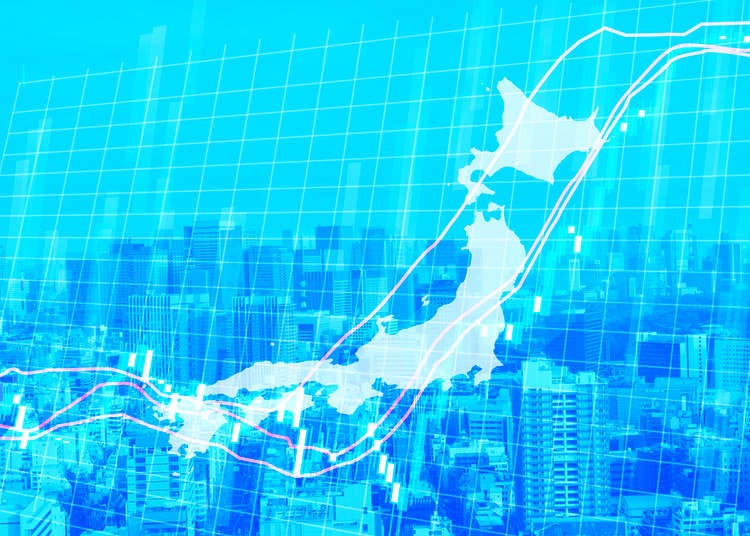
While you might encounter familiar units such as kilometers or the Japanese yen, Japan also makes use of unique units to measure different kinds of food or things. Do you know how to measure sushi? Let's find out!
Metric System
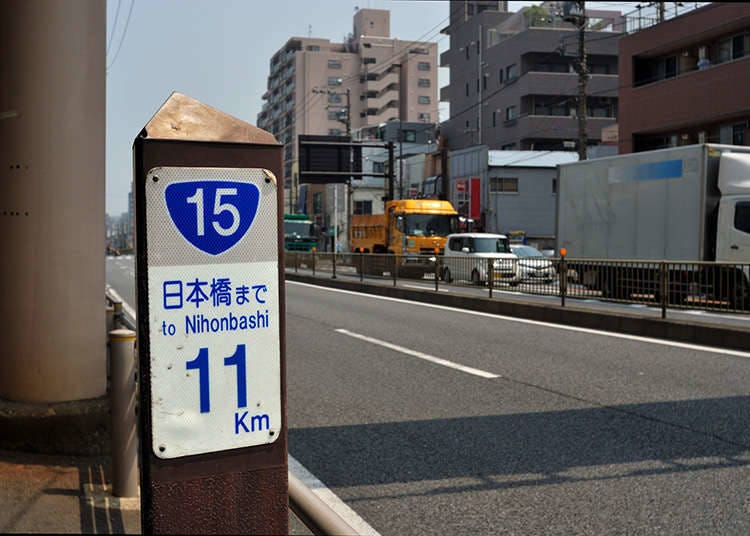
Distance: Meters, Kilometers
Japan uses the metric system and, as such, you'll encounter the kilometer on maps and signs all over the country.
As a reminder:
-1 meter is about 3.3 feet.
-1 kilometer is about 1,094 yards, or about 3,281 feet (or about 6/10 of a mile).
- At a moderate pace, it takes about 15-20 minutes to walk 1 km.
Speed: Kilometers per hour (km/h)
Naturally, speed is measured in the metric system in kilometers as well instead of the imperial "miles per hour". One mile is about 1.6 kilometers. Generally the maximum speed on regular roads is 60 km/h and on highways it is 100 km/h in Japan.
Temperature: Celsius
For folks who didn't grow up with the metric system, remember that: "30 is hot, 20 is nice; 10 is cool, and 0 is ice."
Monetary Unit: Yen
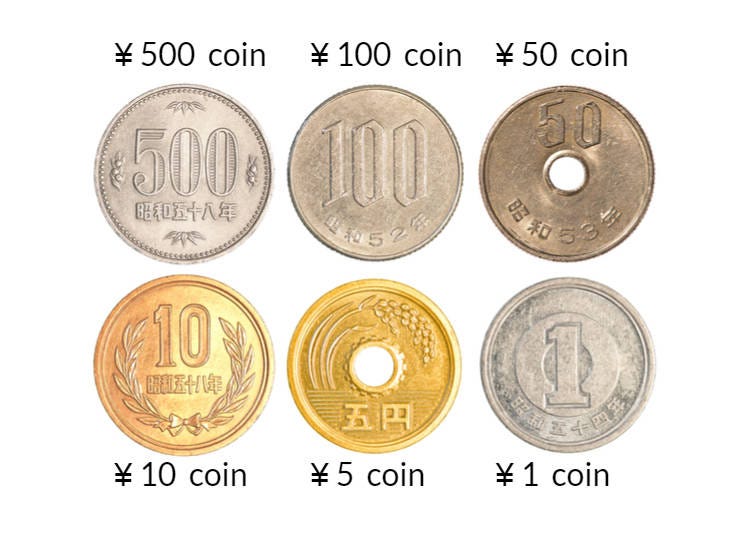
The unit of money used in Japan is the Yen, which is denoted by the ¥ symbol. ¥100 is roughly equivalent to US$1.
There are ¥1, ¥5, ¥10, ¥50, ¥100 and ¥500 coins. ¥1 coins are made of aluminum. ¥5 and ¥50 coins have a hole in the center. Most vending machines will accept coins from ¥10 and higher.
Bills commonly come in ¥1,000, ¥5,000 and ¥10,000, however occasionally you may also come across a ¥2,000 note (meant to commemorate the year 2000). Most vending machines will accept only ¥1,000 notes.
Inside tip: Whereas large bills may be frowned upon in certain countries, it's common to see people paying with ¥5,000 or even ¥10,000 notes even for small-valued items like a pack of gum or pen!
Measuring space: Jo and Tsubo
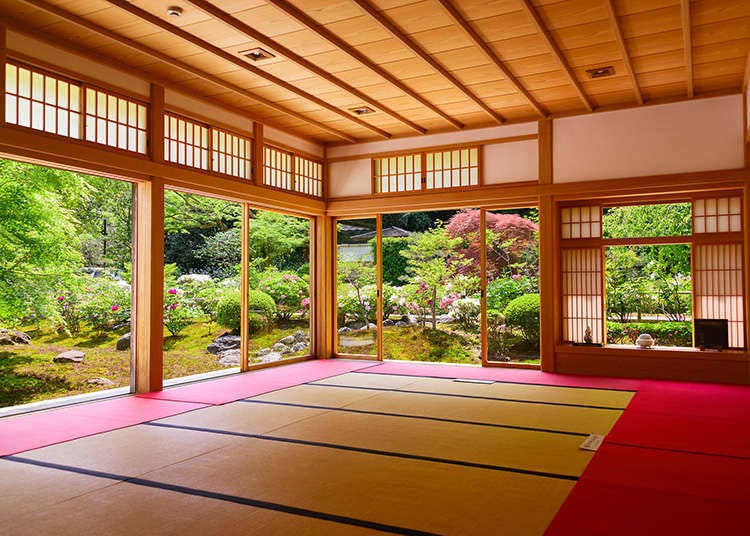
Japan also has a unique unit for space. Based on the tatami mats typical of Japanese-style homes, Japanese people usually measure rooms in jo. 1 jo is the size of 1 tatami mat, which is about 1.6 square meters.
In addition, when measuring land, the unit tsubo is used. 1 tsubo is 3.31 square meters.
A unit for rice: Go

Japan has its own way of counting and measuring food. When Japanese people cook rice, Japan's staple food, they use the unit go. 1 go is 180 milliliters. Rice is generally measured using special cups that are sold in most grocery shops.
Counting sushi: Kan
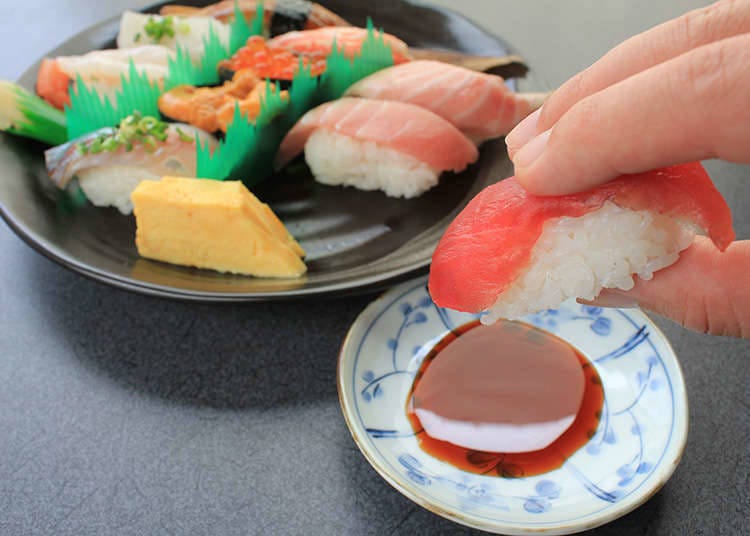
When Japanese people count sushi, they use the unit kan. At a conveyor-belt style sushi restaurants, however, one plate usually has two kan of sushi, so they count the number of plates instead: hitosara means one plate.
Measuring sake: Sho

Japanese sake is counted in sho. 1 sho is 1800 milliliters. Other units which are not used in daily life but rather by brewing companies and manufacturers are to (18 liters) and seki (180 liters).
*Prices and options mentioned are subject to change.
*Unless stated otherwise, all prices include tax.
Popular Tours & Activitiess
Recommended places for you
-

Kanzenkoshitsuyakinikutabehodai Gyugyu Paradise Sannomiya
Yakiniku
Kobe, Sannomiya, Kitano
-
Goods
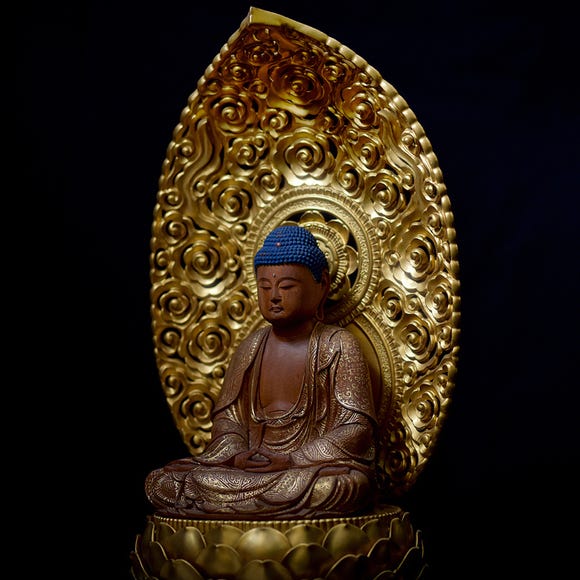
Yoshida Gennojo-Roho Kyoto Buddhist Altars
Gift Shops
Nijo Castle, Kyoto Imperial Palace
-

Kambei Sannomiyahonten
Yakiniku
Kobe, Sannomiya, Kitano
-
Appealing

Rukku and Uohei
Izakaya
Sapporo / Chitose
-

ISHIDAYA Hanare
Yakiniku
Kobe, Sannomiya, Kitano
-

Jukuseiniku-to Namamottsuarera Nikubaru Italian Nikutaria Sannomiya
Izakaya
Kobe, Sannomiya, Kitano
-

See Asakusa and Tokyo Skytree® in a New Light at the "Také Akari" Festival (Winter 2025-2026)
by: Guest Contributor
-

A Travel Game Changer! Go Hands-Free Between Tokyo and Kyoto with LUGGAGE EXPRESS by JTB and JR Tokai
by: Guest Contributor
-

Get Ready to Catch 'Em All! First Ever Permanent Outdoor Pokémon Park Opening Near Tokyo!
-

Black Friday 2025: These Are THE Japan Travel & Shopping Deals to Check Out
-
Ad
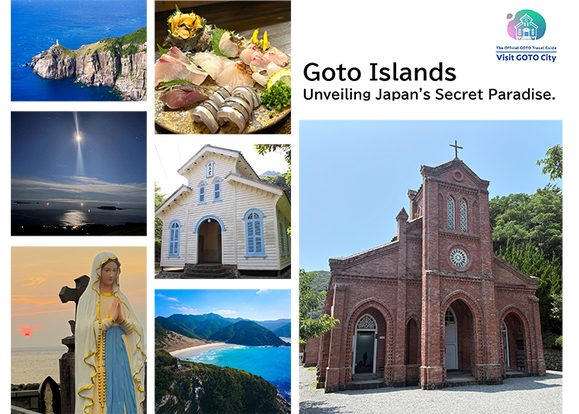
Walk in the Footsteps of Believers: A 4-Day Pilgrimage Across Goto Islands, Nagasaki Prefecture
by: Yohei Kato
-

2025 Japan Autumn Color Report: Tokyo's Ginkgo Trees Starting to Glow
by: Timothy Sullivan
-

Why Osaka Tennoji Zoo is So Popular with Foreign Tourists (Guide & Highlights)
-

5 Must-Visit Nara Temples and Shrines: Discover the Timeless Beauty of Japan's Ancient Capital
by: WESTPLAN
-

Survival Japanese: 10+ Useful Phrases for Sightseeing
-

Osaka Koreatown: In Search of the Best Eats in the Korean Roots of Osaka's Tsuruhashi Market
-

We have gathered some fashion items from Japan in Marunouchi!
-

Exploring Tokyo 'Urahara': 4 Ura-Harajuku Spots for Unique Fashion, Food and Creative Inspiration!
- #best sushi japan
- #what to do in odaiba
- #what to bring to japan
- #new years in tokyo
- #best ramen japan
- #what to buy in ameyoko
- #japanese nail trends
- #things to do japan
- #onsen tattoo friendly tokyo
- #daiso
- #best coffee japan
- #best japanese soft drinks
- #best yakiniku japan
- #japanese fashion culture
- #japanese convenience store snacks












